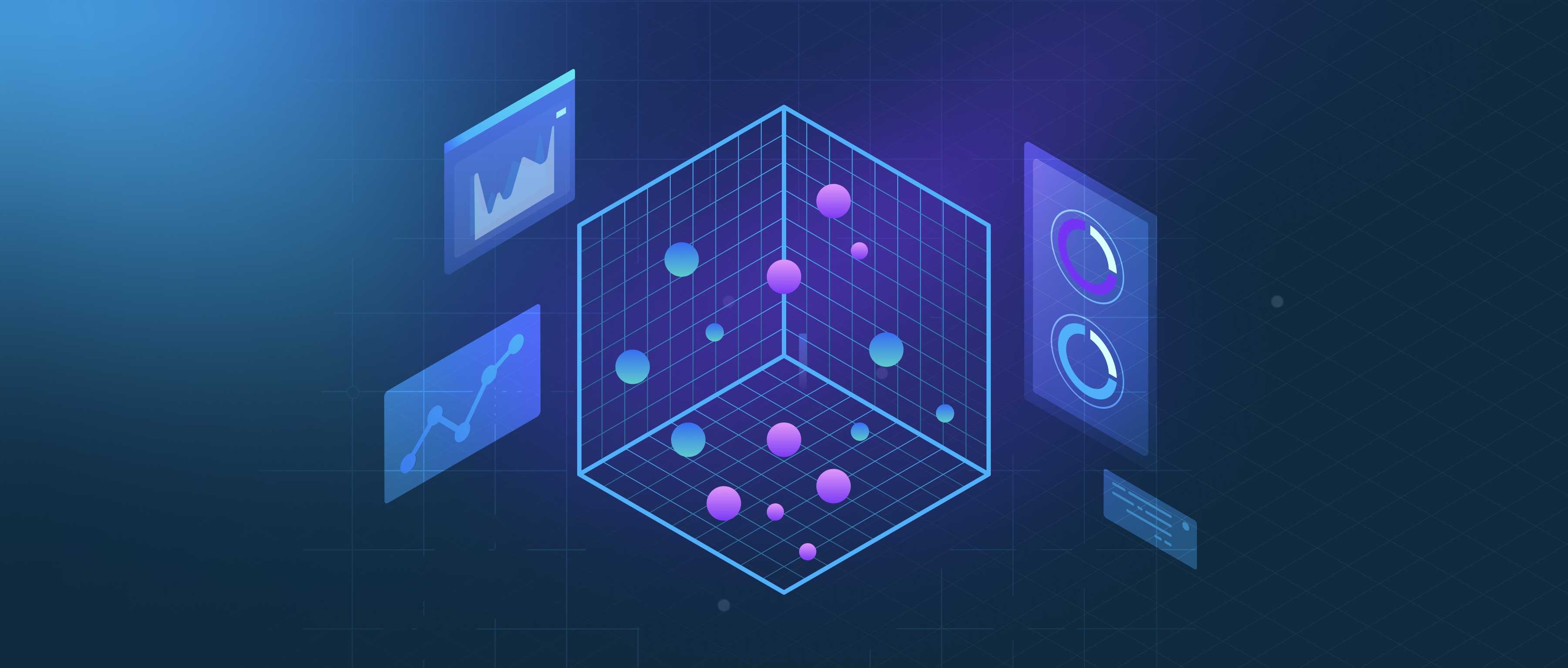SaaS platforms integrate with Customer Relationship Management (CRM) tools primarily through APIs (Application Programming Interfaces) and webhooks. APIs allow different software systems to communicate with each other by exposing a set of endpoints that developers can use to send and retrieve data. For instance, a SaaS platform can use a CRM's API to pull customer data, allowing it to customize interactions based on a user's history or preferences. Conversely, if a user updates their information in the SaaS platform, the integration can send that data back to the CRM to keep records in sync.
Another important aspect of integration is the use of webhooks, which allow real-time updates between the two systems. When an event occurs in the SaaS application—like a subscription renewal or a support ticket creation—a webhook can send a notification to the CRM instantly. This ensures that all systems have the most current information without needing to set up periodic data pulls or manual updates. For example, if a new lead is generated in the SaaS tool, the webhook can automatically notify the CRM to create a new entry, streamlining the workflow.
Many SaaS platforms also come with pre-built connectors or integrations for popular CRM tools like Salesforce, HubSpot, or Zoho. These connectors simplify the setup process, allowing developers to quickly enable integrations without extensive coding. The platforms may offer user-friendly interfaces for mapping fields and specifying the exact types of data to sync, making it easier for developers to create a seamless experience for end-users. By leveraging these methods, SaaS platforms can ensure efficient data exchange with CRM tools, enhancing overall functionality and user experience.
